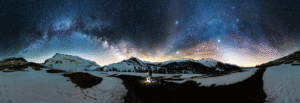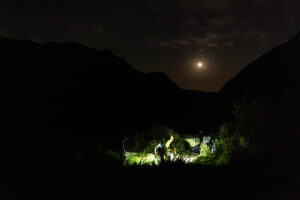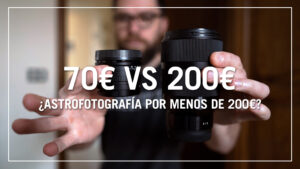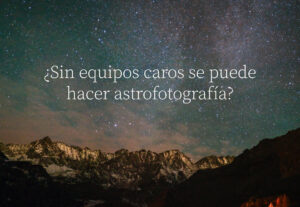These are the most common errors when doing Astrophotography.
Astrophotography can give us powerful images of the night sky, but it also presents many challenges, especially for those who are taking their first steps.
1. Lack of focus
One of the more frequent failures is that the stars appear as fuzzy spots in place of defined points. This is due to a lack of focus, something very common at the start, but easy to fix.
I recommend you to focus in manual mode using the digital zoom to the maximum to ensure that the stars are in focus. If you do not have bright stars visible, you can quietly use some light far away on the horizon. The important thing to remember is that, the approach for the stars IS NOT the infinite as we all tend to say.
It seems correct, but it IS NOT.
2. Exposure time incorrect
The exposure time is critical. If it is too short, the stars are not going to see; if it's too long, it looks like strokes due to the rotation of the Earth. A good reference (note the word reference) is to apply the rule 500 to calculate a proper exposure according to the focal length of your lens. Simply, if your lens is, let's say, 16mm, so divide up by 500 to get an exposure value.
3. Movement of the camera
When you press the shutter button, you can cause a slight vibration in the camera that will ruin the shot. This problem can be solved easily using a remote control, or by setting the timer on the camera.
4. Light pollution
The artificial light of cities affects the quality of images, hiding many of the stars. To avoid this, it is advisable to get away from the urban centers and to seek areas with dark skies. There are maps of light pollution online that can help you to find the best places, as lightpollutionmap.info
5. Incorrect edition
Editing images is part of the process, but doing it in excess can make you look too saturated (or, as I like to say, until radioactive). It is important to apply the settings with moderation, maintaining a natural look. Less is often more when it comes to highlighting the beauty of the sky. Comenzá a little, and edition after edition, walks gradually increase some settings, seeing how they react files from your camera. Remember that your camera can yield very well, but another camera maybe not so much.
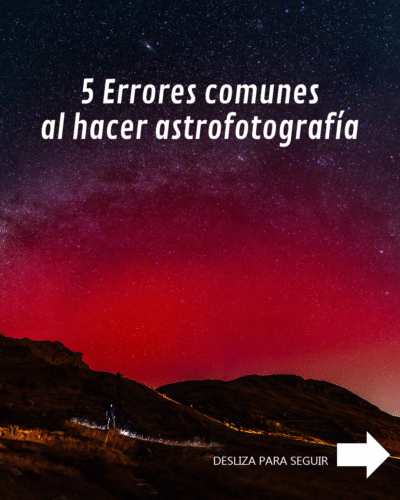
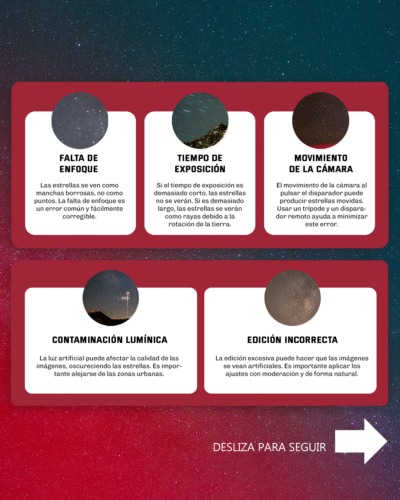
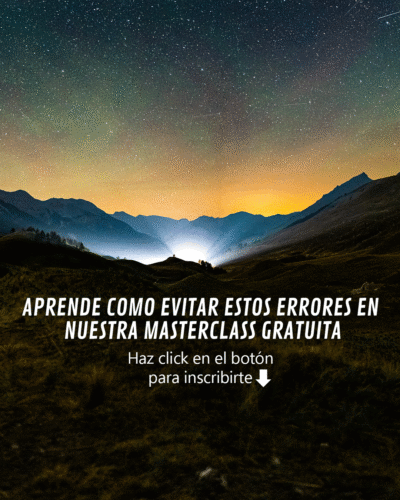
Do you want to learn how to avoid all these errors?
Sign up for free to our masterclass astrophotography and discover how to improve your catches night from the first output. We will share practical advice, real-world examples, and we will help you to move forward with security.

